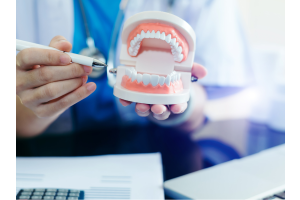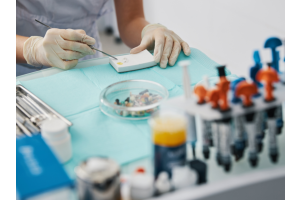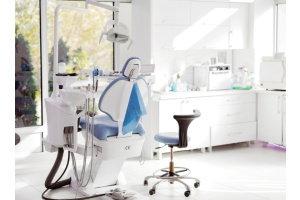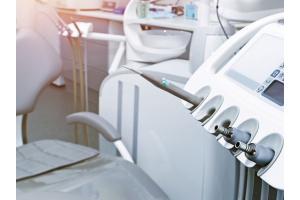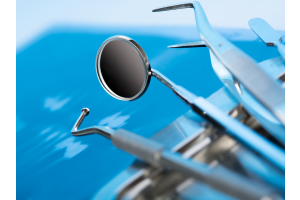Different Types Of Dental Cement and Their Uses
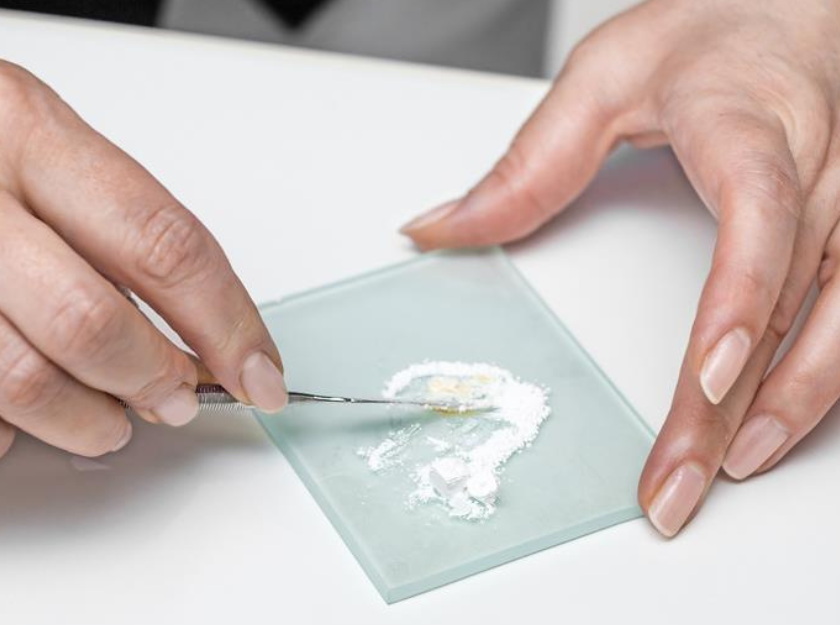
Dental bonding cement is one of the medical supplies, especially dental products available for use in the hospitals and the clinics. It basically has a wide range of dental and orthodontic applications. It performs the basic work of doing tooth cementation, i.e., to ensure the proper joining of two parts related to the oral cavity, i.e., mouth. It is used for many purposes like temporary restoration of the teeth, cavity linings, for bonding prosthetics, i.e., luting agents and orthodontic appliances to the teeth. It is durable, has high compressive strength, has high elastic modulus, has a neutral pH and is resistant to the microorganisms.
There are many options available both online in the form of websites and offline to purchase dental cement. One of them is 'ahpdentals' which is a dental website, selling a wide variety of medical equipments, specifically dental equipment supplier, including the best varieties of dental cements at cheap and affordable prices with exclusive discounts. It also offers the facility of delivery to the desired location of the customers at minimal shipping costs.
Dental Cement: Types and Their Uses
Basically, there are 6 primary types of dental cements: Zinc Phosphate Cement, Polycarboxylate Cement, Glass Ionomer Luting Cement, Polyacid-Modified Composite Cement, Resin-Modified Glass Ionomer Cement and Resin-Based Cement, including one additional secondary category: Bioceramic Luting Cement which is actually a new addition to the kinds of dental cements.
A brief description of each kind of dental cement along with their uses is as follows:
1. Zinc Phosphate Cement
As clear by the name, this type of dental cement is made up of two elements of the periodic table, i.e., zinc(Zn) which is a metal and phosphate(PO4) which is made up of two non-metals, phosphorus(P) and oxygen(O). It has been in the field of dentistry since a century. It is inexpensive and radiopaque. It can be easily mixed and cleaned up. Its pH is very low, hence, it binds loosely to the tooth structure. It is irritable in nature and sensitive to temperature changes.
Uses: It is used for routine luting of metal-supported crowns and bridges, as a basin material and temporary restorations of the oral cavity.
2. Polycarboxylate Cement
It is also known as 'zinc poly-acrylate cement'. This type of dental cement induces a pulpitis on using routinely. It binds very strongly to the tooth structure of the oral cavity. It's very difficult to clean this cement and it has relatively very fast viscosity, resulting in complex mixing and difficult to control and manipulate.
Uses: It is used for filling materials, protecting the cavity liners, making the luting materials for crowns, bridges, inlays and orthodontic appliances, root canal fillings, and pulp capping.
3. Glass Ionomer Luting Cement
This kind of dental cement is very desirable. After applying, it releases fluorides in excess. It has a good adhesion property and sticks to the enamel and the tooth very tightly in order to build strong bonds. It is acidic in nature.
Uses: It is used for abrasion and erosion of the cavities, restoration of the deciduous teeth, restoration of class III and class V carious lesions, and tunnel restorations.
4. Polyacid Modified Composite Cement
It has high bond strengths to the oral cavity and has low solubility in the oral fluids. It loses its relatively high bond strength over a short period due to hygroscopic expansion.
Uses: It is more specifically used in children's dentistry.
5. Resin Modified Glass Ionomer Cement
This type of cement is very easy to mix and clean up. It releases fluorides over a period of time after applying on the tooth or enamel. It is hydrophilic in nature, that's why, it is resistant to moisture.
Uses: It is used for Class I, Class II, Class III and Class V restorations in primary teeth.
6. Resin Based Cement
It can be exclusively cured with a dental curing light. It builds high bond strength to the tooth structure, has low strength dental ceramics. It is not radiopaque.
Uses: It is used more specifically in restorative dentistry.
7. Bioceramic Luting Cement
It is basically a water-based compitition of calcium aluminate (CaAlO3) and glass ionomer components. It has a property of gaining traction rapidly.
Uses: It is used in endodontics, implant dentistry, orthodontics and many more.
Buy dental cement online from AHP Dentals.

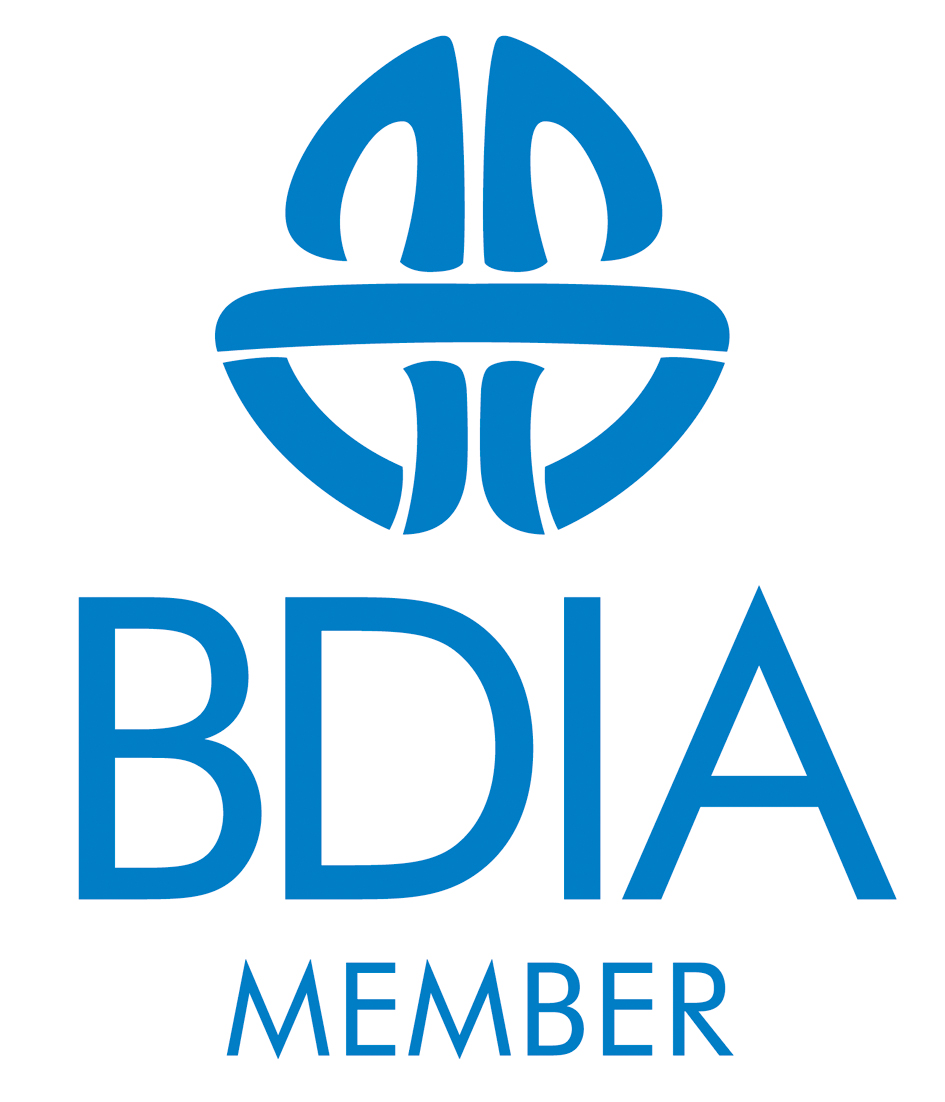
![GlasIonomer Cement CX-Plus Liquid [Pack of 1]](https://www.ahpdentals.com/media/catalog/product/cache/3433042eb260fc383ed1c442b26fac65/g/l/glasionomer_cement_cx-plus_liquid.jpg)
![DeTrey Zinc Cement No. 6 - Light Yellow Powder [Pack of 1]](https://www.ahpdentals.com/media/catalog/product/cache/3433042eb260fc383ed1c442b26fac65/d/e/detrey_zinc_cement_no._6_-_light_yellow_powder.jpg)
